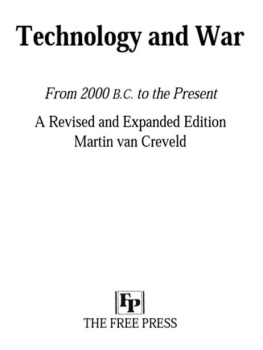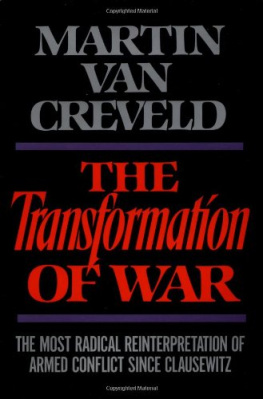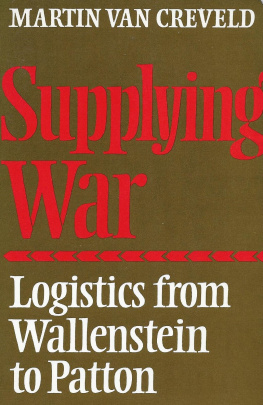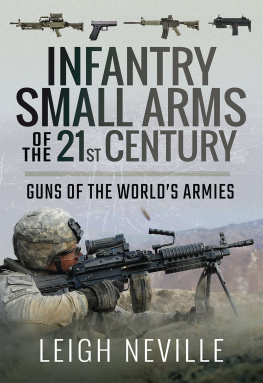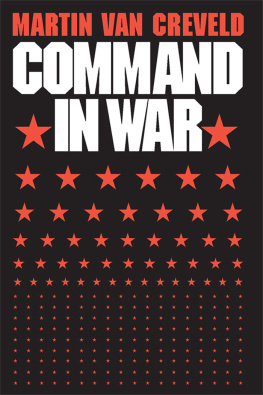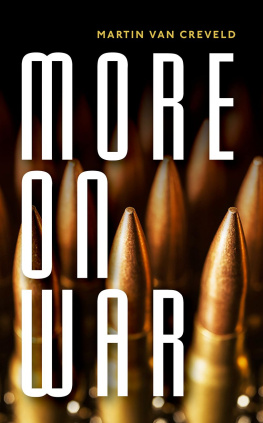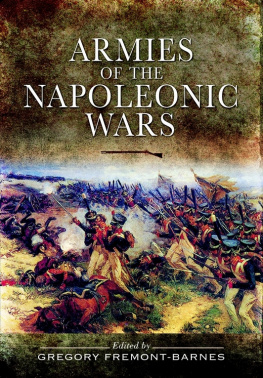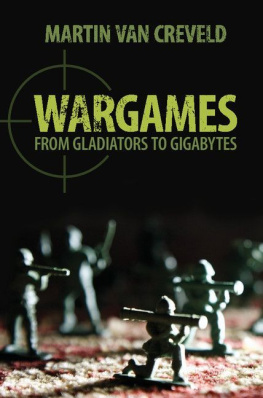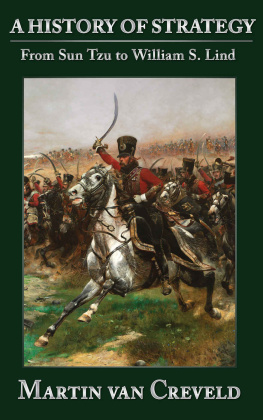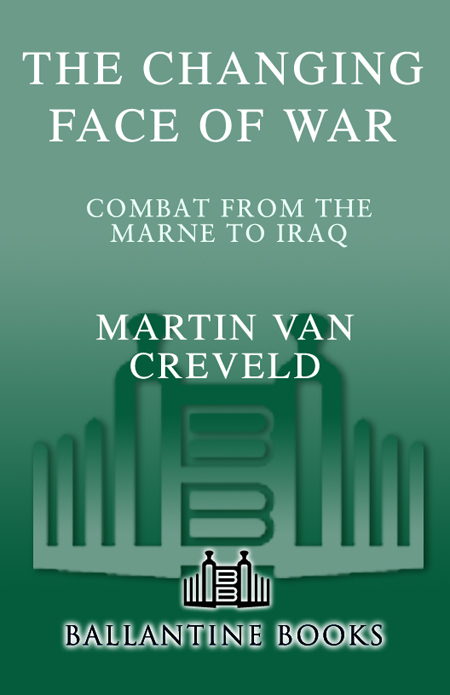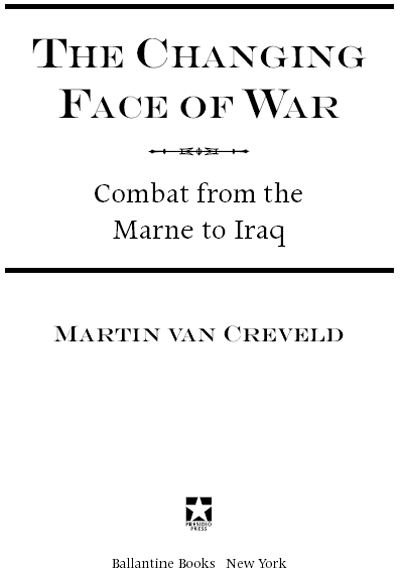Martin van Creveld - The Changing Face of War: Combat from the Marne to Iraq
Here you can read online Martin van Creveld - The Changing Face of War: Combat from the Marne to Iraq full text of the book (entire story) in english for free. Download pdf and epub, get meaning, cover and reviews about this ebook. year: 2008, publisher: Presidio Press, genre: History. Description of the work, (preface) as well as reviews are available. Best literature library LitArk.com created for fans of good reading and offers a wide selection of genres:
Romance novel
Science fiction
Adventure
Detective
Science
History
Home and family
Prose
Art
Politics
Computer
Non-fiction
Religion
Business
Children
Humor
Choose a favorite category and find really read worthwhile books. Enjoy immersion in the world of imagination, feel the emotions of the characters or learn something new for yourself, make an fascinating discovery.

- Book:The Changing Face of War: Combat from the Marne to Iraq
- Author:
- Publisher:Presidio Press
- Genre:
- Year:2008
- Rating:4 / 5
- Favourites:Add to favourites
- Your mark:
The Changing Face of War: Combat from the Marne to Iraq: summary, description and annotation
We offer to read an annotation, description, summary or preface (depends on what the author of the book "The Changing Face of War: Combat from the Marne to Iraq" wrote himself). If you haven't found the necessary information about the book — write in the comments, we will try to find it.
While paying close attention to the unpredictable human element, Martin van Creveld takes us on a journey from the last centurys clashes of massive armies to todays short, high-tech, lopsided skirmishes and frustrating quagmires. Here is the world as it was in 1900, controlled by a handful of great powers, mostly European, with the memories of eighteenth-century wars still fresh. Armies were still led by officers riding on horses, messages conveyed by hand, drum, and bugle. As the telegraph, telephone, and radio revolutionized communications, big-gun battleships like the British Dreadnought, the tank, and the airplane altered warfare.
Van Creveld paints a powerful portrait of World War I, in which armies would be counted in the millions, casualtiessuch as those in the cataclysmic battle of the Marnewould become staggering, and deadly new weapons, such as poison gas, would be introduced. Ultimately, Germanys plans to outmaneuver her enemies to victory came to naught as the battle lines ossified and the winners proved to be those who could produce the most weapons and provide the most soldiers.
The Changing Face of War then propels us to the even greater global carnage of World War II. Innovations in armored warfare and airpower, along with technological breakthroughs from radar to the atom bomb, transformed war from simple slaughter to a complex event requiring new expertiseall in the service of savagery, from Pearl Harbor to Dachau to Hiroshima. The further development of nuclear weapons during the Cold War shifts nations from fighting wars to deterring them: The number of active troops shrinks and the influence of the military declines as civilian think tanks set policy and volunteer forces decouple the idea of defense from the world of everyday people.
War today, van Crevald tells us, is a mix of the ancient and the advanced, as state-of-the-art armies fail to defeat small groups of crudely outfitted guerrilla and terrorists, a pattern that began with Britains exit from India and culminating in American misadventures in Vietnam and Iraq, examples of what the author calls a long, almost unbroken record of failure.
How to learn from the recent past to reshape the military for this new challengehow to still save, in a sense, the free worldis the ultimate lesson of this big, bold, and cautionary work. The Changing Face of War is sure to become the standard source on this essential subject.
From the Hardcover edition.
Martin van Creveld: author's other books
Who wrote The Changing Face of War: Combat from the Marne to Iraq? Find out the surname, the name of the author of the book and a list of all author's works by series.

